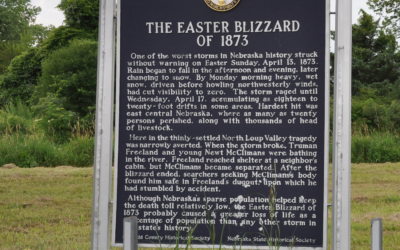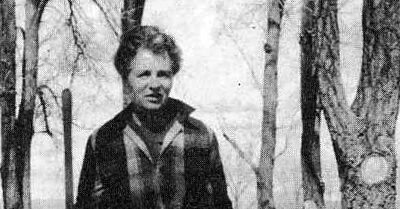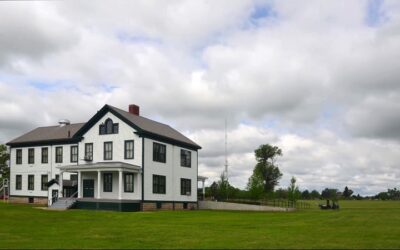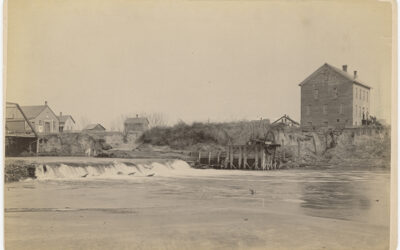One of the most important aspects of conservation is prevention. Preventive conservation is any measure that prevents or reduces the potential for damage. It often focuses on larger-scale collections rather than individual objects. Having stable environmental controls or utilizing proper housing are good examples of preventive conservation. One such instance at the Nebraska History Museum came in the form of housings for the museum’s collection of Terri Lee dolls. Terri Lee dolls were invented and manufactured in Nebraska during the mid-20th century. You can read more about their history here. The Nebraska History Museum has over 280 Terri Lee dolls, including other models, in its collection and it is important to house them properly for their long-term preservation.
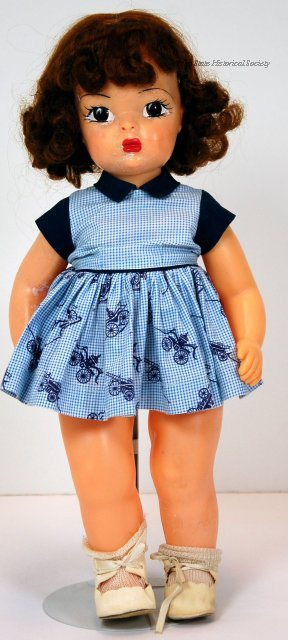
A Terri Lee Doll before it was housed in a new box. You can see white bloom on the dolls proper right arm.
Because most of the dolls are made of plastic, it is imperative for them to be stored separately from their clothing and accessories. Most plastics, especially those from the mid-late 20th century are not stable over time. Some of the dolls have a white film on the surface of the face, limbs, and body. This is called bloom. It is the result of the plasticizers separating from the body of the plastic. Much of it can be removed with a dry cotton swab, but it would only be a matter of time before it returned. Any doll that showed signs of bloom would be stored separately from the other dolls so that the off-gassing from the plasticizers does not affect the doll’s accessories or the rest of the collection.
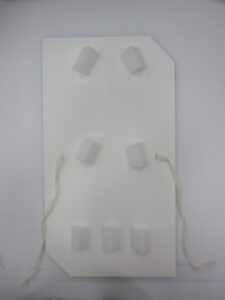
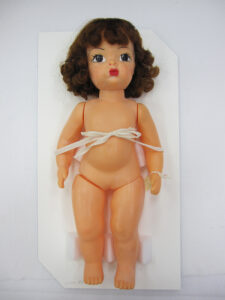
A custom tray was made for each of the dolls. Foam supports and ties keep the doll stable during transportation.
Deterioration can never be entirely prevented, but it can be slowed down and mitigated. In order to protect the dolls themselves and from damaging collection at large, each doll had their clothing removed and stored in a separate try within each box. Each box was made of Microchamber board which is contain zeolites that are molecular traps which collect airborne acidic pollutant gases.
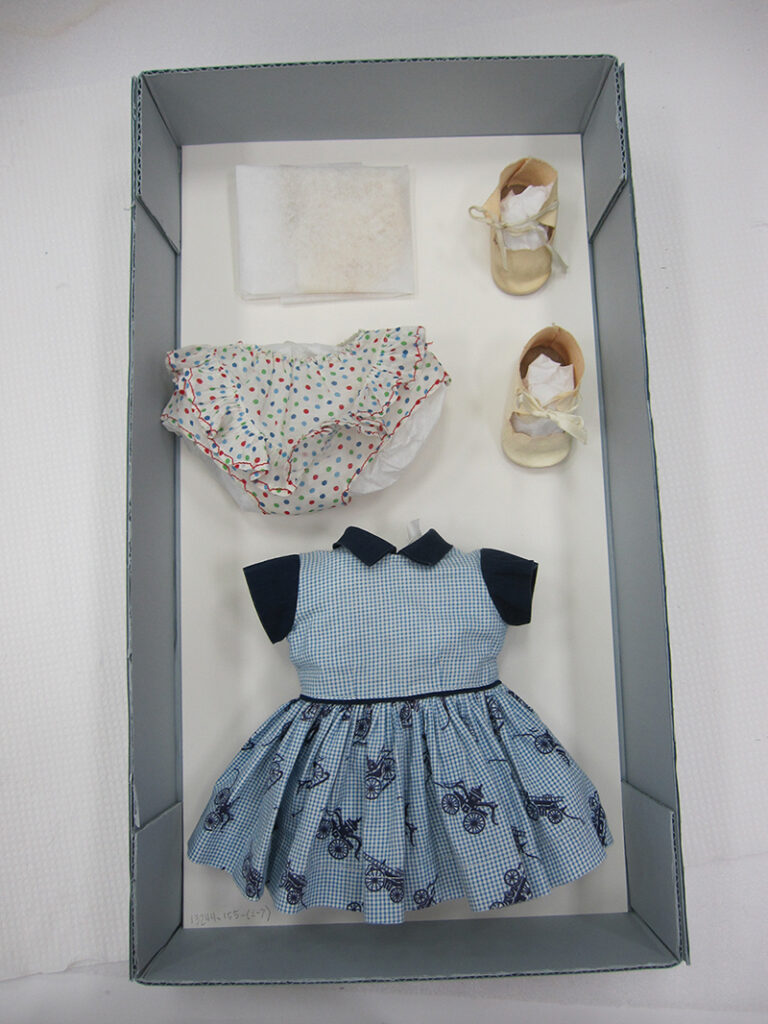
Each doll’s clothing and accessories were removed and placed in a separate tray. The clothing was supported with acid-free, lignin-free tissue paper to reduce creases in the fabric.
Ford Center staff were able to rehouse a small number of Terri Lee dolls and develop a larger rehousing plan including materials needed, costs and procedures for the remaining collection.
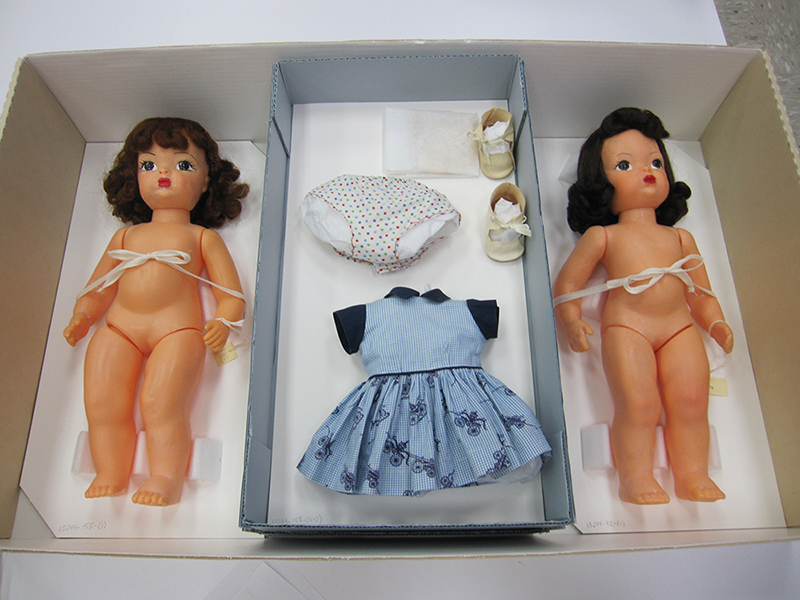
Because both dolls exhibited bloom, they could be stored together. The clothing tray for the doll on the right is below the other tray of clothing shown.
While not as flashy and exciting as treatment, preventive conservation is vastly more important when it comes to managing time and resources.

